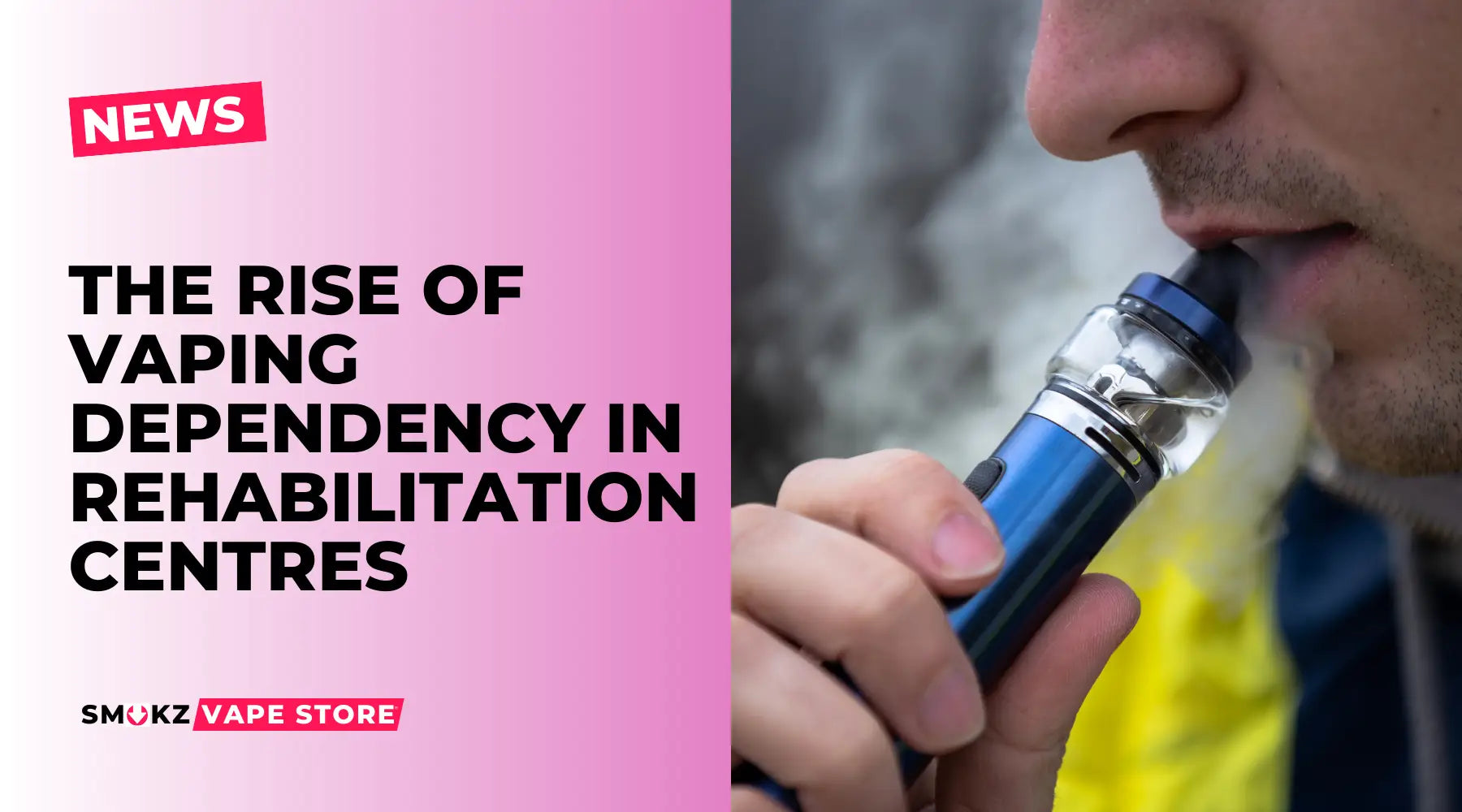Introduction
In a surprising shift, vaping addiction among rehab patients soars by nearly a third in a year, increasing by nearly 30% in 2024 compared to the previous year. What was once considered a safer alternative to smoking is now a primary or secondary addiction for a significant number of individuals in addiction recovery. Here’s a closer look at the data and factors driving this rise, as well as the steps that rehab centres are taking to address the issue.
Key Data and Statistics
-
Rise in Vaping Dependency: Research shows a 28% increase in vaping addiction among rehab patients in 2024, marking a worrying trend in recovery communities (UKAT - UK Addiction Treatment Centres) Among Young Adults: Nearly 40% of rehab patients aged 18-25 report vaping as a habitual addiction, driven by high-nicotine devices (CDC, 2024) .
-
Seduction Reports: 1 in 3 individuals in rehab centres list vaping as a secondary addiction alongside other substances, indicating how easily dependency on e-cigarettes develops (National Rehab Statistics, 2024) .
Key Factor The Rise in Vaping Addiction
- Nicotine Concentrations: Many disposable vapes and e-liquids have higher nicotine levels than cigarettes, fostering new dependencies even among those aiming to quit smoking.
- Flavours and Accessibility: With a range of vape juice flavours, such as fruit, menthol, and dessert, vaping appeals strongly to younger demographics and may lead to long-term use.
- Perception of Safety: The belief that vaping is a safer option than traditional smoking often leads rehab patients to use e-cigarettes, inadvertently replacing one addiction with another.
Challenges for Rehab Centers
- Need for Nicotine Education: Rehab centres are now focusing on educating patients about the risks of vaping addiction and its potential to derail recovery from other substances.
- Expanded Cessation Resources: Offering alternatives like nicotine pouches such as velo nicotine pouches, counselling, and supporting clients who want to stop vaping to help individuals transition away from vaping dependency.
- Revised On-Site Policies: Some rehab centres have implemented restrictions on vape use within their facilities to encourage a substance-free recovery process.
Moving Forward
The rise in vaping dependency within rehab facilities suggests a critical need for targeted interventions. By focusing on nicotine education and offering robust cessation support, addiction recovery centres can better assist patients in achieving full and lasting recovery, free from vaping and other dependencies.
References:
- Mirror
- UK Addiction Treatment Centres
- CDC Report, 2024
- National Rehab Statistics, 2024
